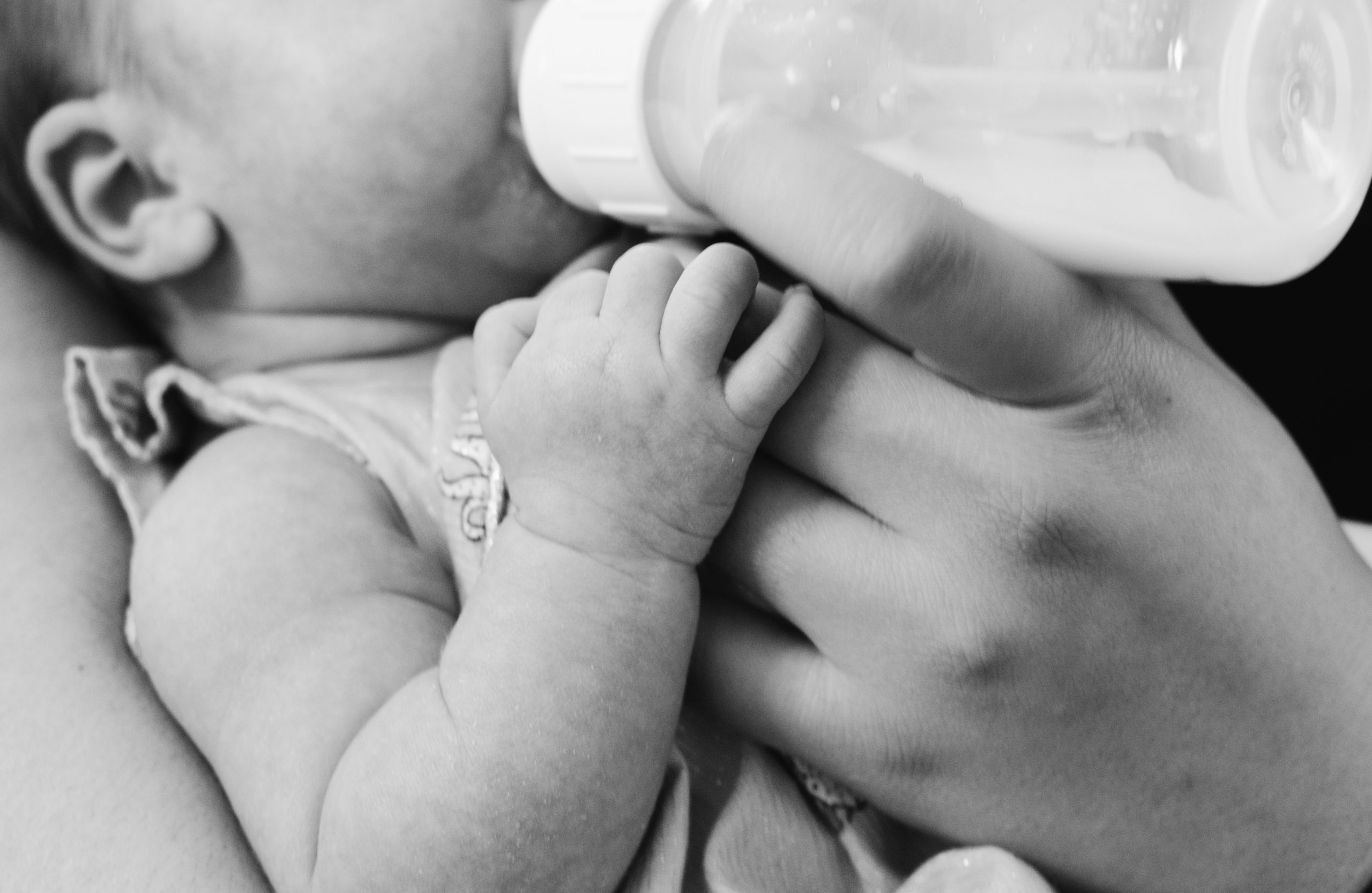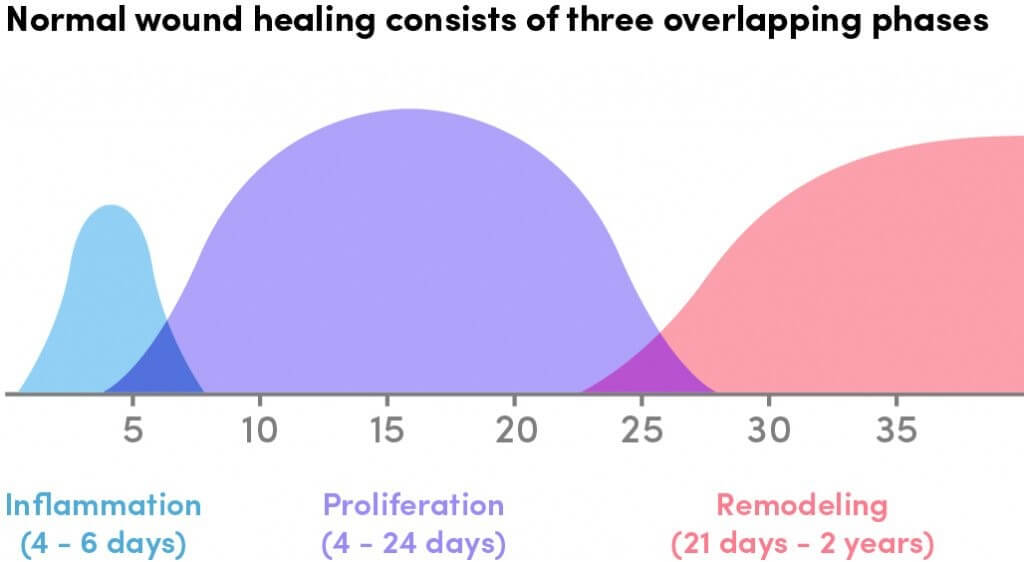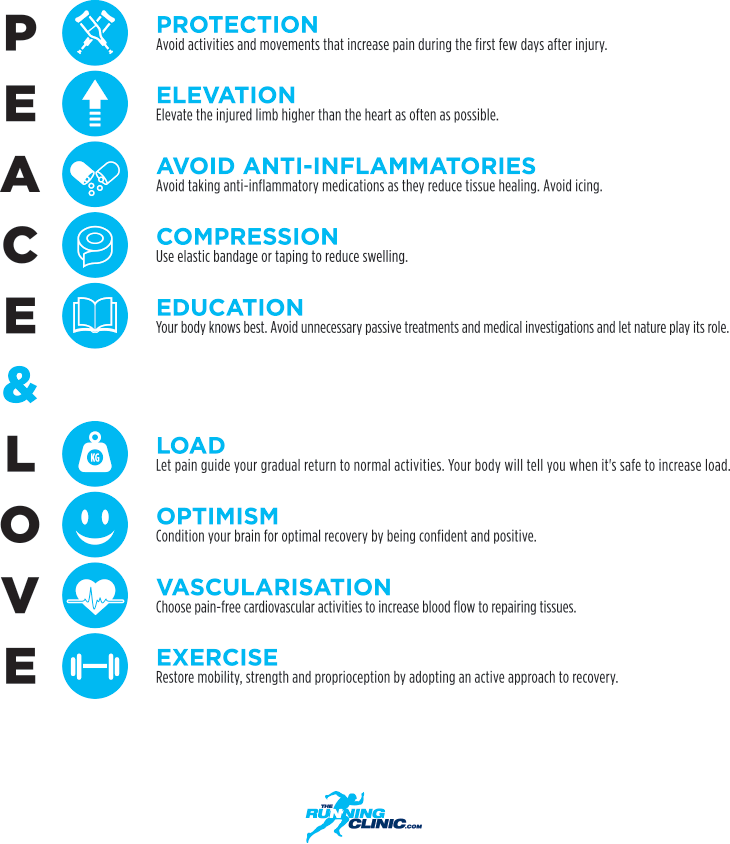 Your baby is crying again, arching their back, and is inconsolable. You try to feed them, and they suck for a minute but then baby pulls away and starts to cry. Baby takes a pacifier for a few moments. You breathe and try to lay them down, just to have baby start fussing again and wanting to be picked back up. Or, has your little one ever spit up after a feeding, even an hour or two after eating? Maybe they just burped, and something came up that gave them a sour face? Or baby started to move their tongue in and out and then you notice them swallow hard and fuss a little bit? All these babies are likely experiencing infant reflux.
Your baby is crying again, arching their back, and is inconsolable. You try to feed them, and they suck for a minute but then baby pulls away and starts to cry. Baby takes a pacifier for a few moments. You breathe and try to lay them down, just to have baby start fussing again and wanting to be picked back up. Or, has your little one ever spit up after a feeding, even an hour or two after eating? Maybe they just burped, and something came up that gave them a sour face? Or baby started to move their tongue in and out and then you notice them swallow hard and fuss a little bit? All these babies are likely experiencing infant reflux.
What is Reflux?
Reflux, or Gastroesophageal Reflux (GER), occurs when contents from the stomach go back up in to the esophagus, the muscular tube that connects the throat to the stomach. The contents are then either pushed back down to the stomach as the esophagus contracts, or move up the throat and may become spit up or sometimes vomit. A lot of people experience reflux, and it does not bother them. Others may find it briefly uncomfortable. Sometimes it may be necessary to use medications to help reduce the discomfort.
Why Does My Baby Have Reflux?
Most infants have reflux because the opening from the lower esophagus to the stomach (aka the lower esophageal sphincter) does not mature until a baby gets closer to one year of age. It has been reported that as many as 60-70% of babies 3-4 months old experience vomiting related to reflux at least one time in a 24-hour period. Gastroesophageal Reflux tends to peak in infants around 4 months and spitting up tends to decrease around 12 months.
For many infants reflux does not cause a lot of problems, and they do not experience fussiness when they spit up, continue to gain weight appropriately, and stay on track to meet developmental milestones. When complications arise from reflux it is referred to as Gastroesophageal Reflux Disease (GERD). If left unmanaged, GERD may lead to: failure to thrive, respiratory infections and/or possible asthma, scarring or strictures in the esophagus, ulcerations, inflammation of the esophagus, or abnormal and feeding aversions to bottle, breast, and solid foods. As children get older they may be called “picky eaters” or limit what they eat due to discomfort or pain.
Signs and Symptoms of Infant Reflux
Signs and symptoms of GERD in infants may go beyond spitting up and/or vomiting. The following may be some indications that your infant is experiencing GERD:
- Difficulty latching or staying latched on a bottle or breast
- Aggressively attacking the nipple for 1-2 ounces then pulling away, arching back, and crying
- Prevalent coughing, choking, wet burps, or aspiration (when contents enters the lungs)
- Sour smelling breath
- Wheezing, difficulty breathing, frequent upper respiratory infections
- Coughing when laying on their back during naps or at night
- Being irritable and fussy
- Preferring to be fed in a more upright position
- Arching their back or making a bobbing motion with their upper body
- Not rolling over when developmentally appropriate
- Failure to gain weight
- Difficulty transitioning to solid foods
Strategies to Help with Infant Reflux
Feed baby in a side lying position to decrease infant reflux
This position mimics the natural position of breastfeeding.
- To get in the correct position, place your legs together and feet on a box or something where your feet are approximately 1 foot off the ground.
- Hold your baby so that they are lying on their side, with their toes and nose in the same direction, ear towards the floor.
- Support their head and neck so it does not lean back with one hand, and use the other hand to hold the bottle.
- In this position the baby can take a break when they need to, and it eliminates any pooling of the milk in the back of their throat, like if the baby was positioned with nose towards the ceiling. It is a safer feeding position as gravity assists the baby so that they can pace their feedings better and minimize coughing and choking. This also promotes a nice suck, swallow, breathe pattern.
- A YouTube video, the Beckman Bottle Feeding in Sidelying, is nice resource.
Keep baby upright
Hold your baby in a more upright position for 30 minutes following feedings, if possible. Gravity can help contents stay in the stomach in this position. Be careful not to jostle or bounce your baby too much while the food is settling. Walking around and moving about are fine as this may also be comforting.
Try smaller, more frequent feedings
Feed your baby slightly less than usual if you’re bottle-feeding. Or, cut back a little on the amount of nursing time if you’re breast-feeding. Increase frequency of feedings to ensure appropriate weight gain.
Take time to burp your baby
Frequent burps during and after feeding can keep air from building up in your baby’s stomach.
- To burp, face your baby out, at an angle, with their feet resting on your thighs.
- Brace their upper chest with one hand and gently pat their back, 1 tap per second.
- Your baby may push against your legs, helping them to release any gas they may have. A YouTube video, the Beckman Happy Baby Burping Position, is another great resource.
There are a variety of strategies to help with reflux, but if signs/symptoms persist or worsen, please contact your pediatrician. For additional general information on reflux, MOSAIC has competent feeding therapists that can address your questions. They may be able to assist your family if your infant or child is having difficulty with eating at any age.



 Your baby is crying again, arching their back, and is inconsolable. You try to feed them, and they suck for a minute but then baby pulls away and starts to cry. Baby takes a pacifier for a few moments. You breathe and try to lay them down, just to have baby start fussing again and wanting to be picked back up. Or, has your little one ever spit up after a feeding, even an hour or two after eating? Maybe they just burped, and something came up that gave them a sour face? Or baby started to move their tongue in and out and then you notice them swallow hard and fuss a little bit? All these babies are likely experiencing infant reflux.
Your baby is crying again, arching their back, and is inconsolable. You try to feed them, and they suck for a minute but then baby pulls away and starts to cry. Baby takes a pacifier for a few moments. You breathe and try to lay them down, just to have baby start fussing again and wanting to be picked back up. Or, has your little one ever spit up after a feeding, even an hour or two after eating? Maybe they just burped, and something came up that gave them a sour face? Or baby started to move their tongue in and out and then you notice them swallow hard and fuss a little bit? All these babies are likely experiencing infant reflux. What are the effects of stroke on speech and the ability to swallow? We often don’t think about the act of speaking or swallowing. After all, we have been doing so since before we can remember. A stroke changes all of this. A stroke is an injury to the brain that occurs when blood flow is blocked or reduced. Severity of symptoms following a stroke vary from mild and transitory to severe and permanent. After a stroke, you may not be able to speak clearly or at all. You may be unable to follow directions or conversation or have difficulty coming up with words or putting words into a sentence. A stroke may also cause you to have difficulty swallowing. During the rehabilitation process you will likely work with a speech–language pathologist and hear the following medical terms.
What are the effects of stroke on speech and the ability to swallow? We often don’t think about the act of speaking or swallowing. After all, we have been doing so since before we can remember. A stroke changes all of this. A stroke is an injury to the brain that occurs when blood flow is blocked or reduced. Severity of symptoms following a stroke vary from mild and transitory to severe and permanent. After a stroke, you may not be able to speak clearly or at all. You may be unable to follow directions or conversation or have difficulty coming up with words or putting words into a sentence. A stroke may also cause you to have difficulty swallowing. During the rehabilitation process you will likely work with a speech–language pathologist and hear the following medical terms. You have probably heard the terms gross motor skills or gross motor milestones. But what do those phrases actually mean? A simple way to think about gross motor skills are to think of them as BIG movements or movement of large parts of the body. More specifically, gross motor skills are skills that involve the large muscles in the arms, legs, and torso (core). Gross motor milestones are gross motor skills that typically develop at a certain age.
You have probably heard the terms gross motor skills or gross motor milestones. But what do those phrases actually mean? A simple way to think about gross motor skills are to think of them as BIG movements or movement of large parts of the body. More specifically, gross motor skills are skills that involve the large muscles in the arms, legs, and torso (core). Gross motor milestones are gross motor skills that typically develop at a certain age. The first part of Breastfeeding Myths focused more on mothers and their bodies. This second section looks at myths of breastfeeding related to the needs of a baby.
The first part of Breastfeeding Myths focused more on mothers and their bodies. This second section looks at myths of breastfeeding related to the needs of a baby.